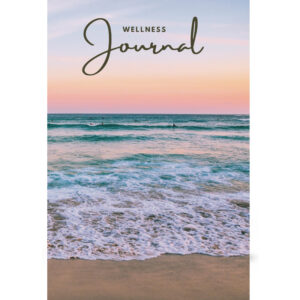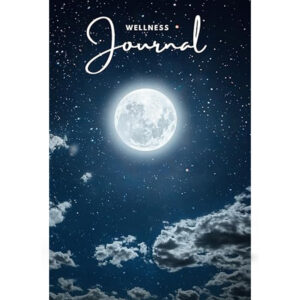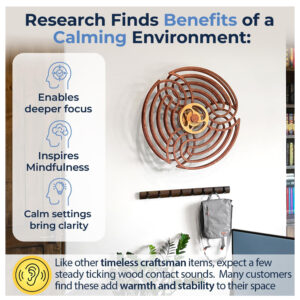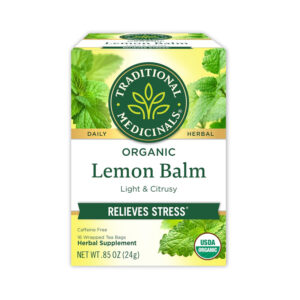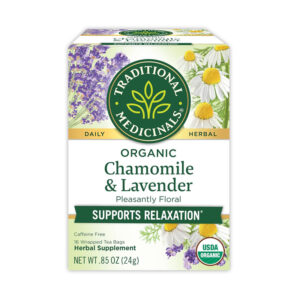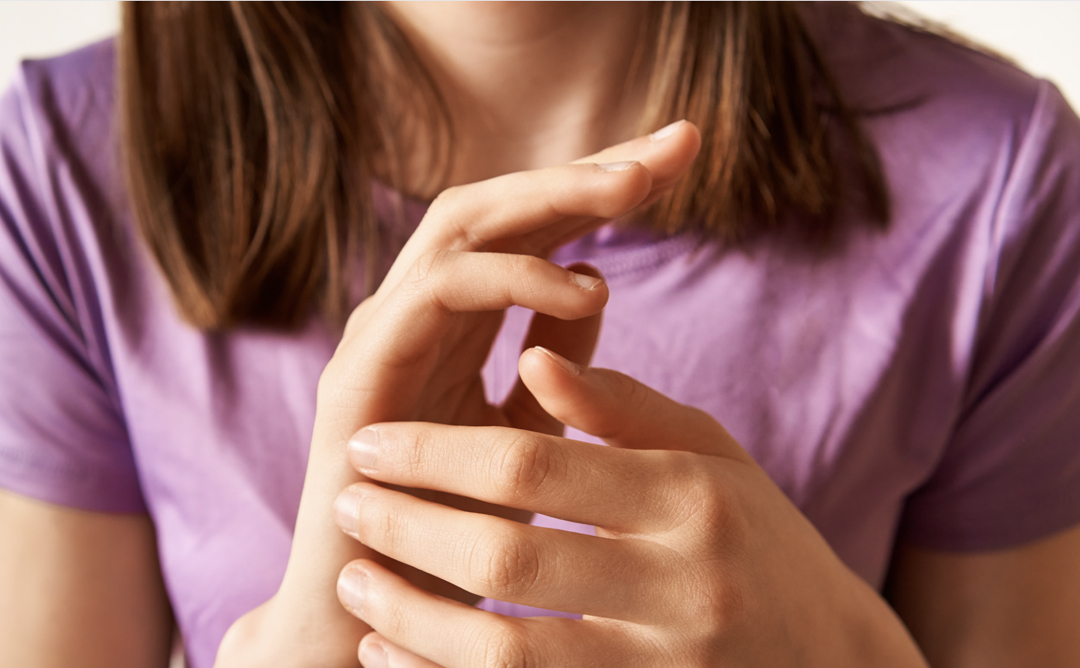
Journaling

What if I told you that a simple journal could be your counselor, your wellness coach, your nutritionist, and your best friend—all in one place?
That’s the power of intentional journaling. It’s more than putting pen to paper—it’s a sacred daily check-in with your mind, body, and spirit. At The Earth Heals, we believe that wellness starts from within, and our thoughtfully designed wellness journal is a powerful guide to support you on that path.
Let’s explore the benefits of journaling and break down how each section of our journal helps nourish your whole self—from mood to movement, from gratitude to growth.
? Mood Check-In: How Are You Really Feeling Today?
“You can’t heal what you don’t feel.”
The first step to transformation is awareness. The Mood section invites you to pause and truly check in with yourself—something we rarely do in the rush of daily life. Whether you’re smiling or feeling a little off, recognizing your emotional state helps reduce stress and improves emotional intelligence. It’s your daily reminder to feel without judgment and honor where you are.
? Gratitude: A Shift in Perspective
Gratitude journaling has been scientifically shown to:
-
counteract worry and and negativity
-
boosts your mood and your motivation
-
rewire the brain for positivity
The Gratitude section prompts you to list 3 things you’re thankful for. It could be a person, a place or a thing. You will choose broad things at first, then you will start to get detailed and you will begin looking for things to write down the next day.
? Mind: Setting Daily Intentions & Goals
Your mind is a garden—what are you planting today?
The Mind section encourages you to write down 3–4 actionable goals that improve your mental and emotional well-being that day.
These might include meditation, reading, checking things off your to-do list, or learning something new. There’s even a Creative & Sacred Space to add to your vision board, write a friend or family member who needs blessings or good energy.
Benefits:
Increases focus and motivation
Creates mental clarity
Strengthens habits through intention
? Body: Your Daily Health Tracker
In the Body section, you’ll find simple, motivating ways to log:
- Steps (movement)
- Water intake
- Protein consumption
- Sleep hours
This visual progress tracker supports sustainable wellness by making health goals tangible. Over time, this builds greater awareness of your rhythms and needs.
Benefits:
Encourages balanced hydration and nutrition
Improves sleep and recovery
Builds accountability for physical well-being
✨ Spirit: Affirmations & Intentions
Your spirit needs nourishment too. This section is where you reconnect with your inner light.
The Spirit section invites you to write affirmations or mantras—words that ground, uplift, and empower you. Affirmations help replace fear-based thinking with love-based presence.
Examples:
“The Abundance I seek, is also seeking me. I remove any blockage between us.”
“I attract only good things. good things find me all day long”
“I am so lucky. My day is filled with amazing surprises”
Benefits:
- Enhances spiritual connection
- Reduces anxiety
- Manifests Amazing Things
? My Journal: Daily Reflections & Intentions
This is where your soul speaks. I fill in the shaded areas at night.
Morning intentions
Positive habits
Your favorite moment of the day
What you need to release
Tomorrow’s focus
Writing like this strengthens your emotional resilience and gives you space to process, release, and realign.
Benefits:
- Clears mental clutter
- Promotes emotional release
- Reinforces healthy patterns
? Weekly Reflection: Realignment & Renewal
The Weekly Reflection section is like a weekly wellness check-up—with you as both the guide and the student.
You’ll track your:
- Weekly mood
- Positive events
- Focus areas for next week (nutrition, emotional well-being, relationships, etc.)
- Weekly habit tracking
- Plan to make next week better
Benefits:
- Provides holistic insight
- Tracks growth over time
Helps you pivot and improve gently, week by week
Why It Matters
This wellness journal is more than paper—it’s a helpful tool for your wellness journey. It’s a place to celebrate your wins, soften through your struggles, and hold yourself accountable with compassion.
Whether you’re navigating stress, healing your body naturally, exploring emotional growth, or just wanting a deeper connection to yourself—this journal holds space for it all.
? It’s your daily counselor, wellness coach, nutrition guide and the best friend to unload your problems.


